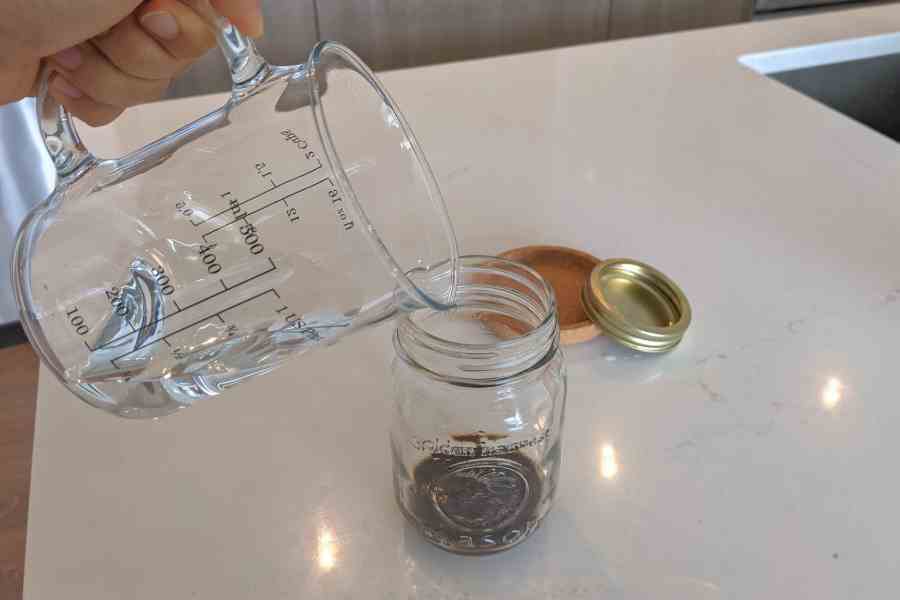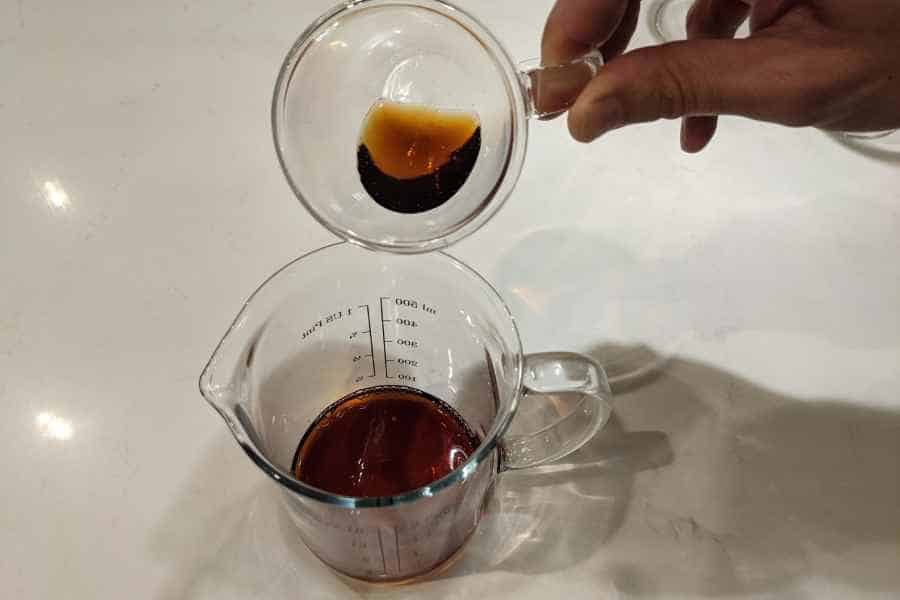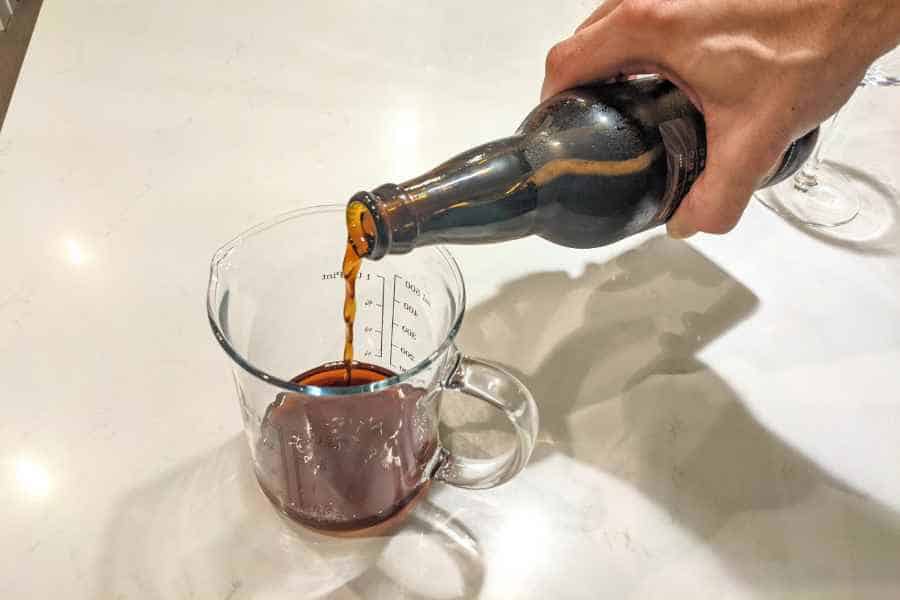There are just some things you’d never think of putting together in a drink. But every now and then, someone does the unimaginable and creates something unique from seemingly incompatible flavor combos. What is Vinobrew you ask? The art of mixing wine, cold brew, and beer in a single glass!
Can’t stomach the idea? Trust us; we totally understand. Stick with it and you might be pleasantly surprised with the taste!
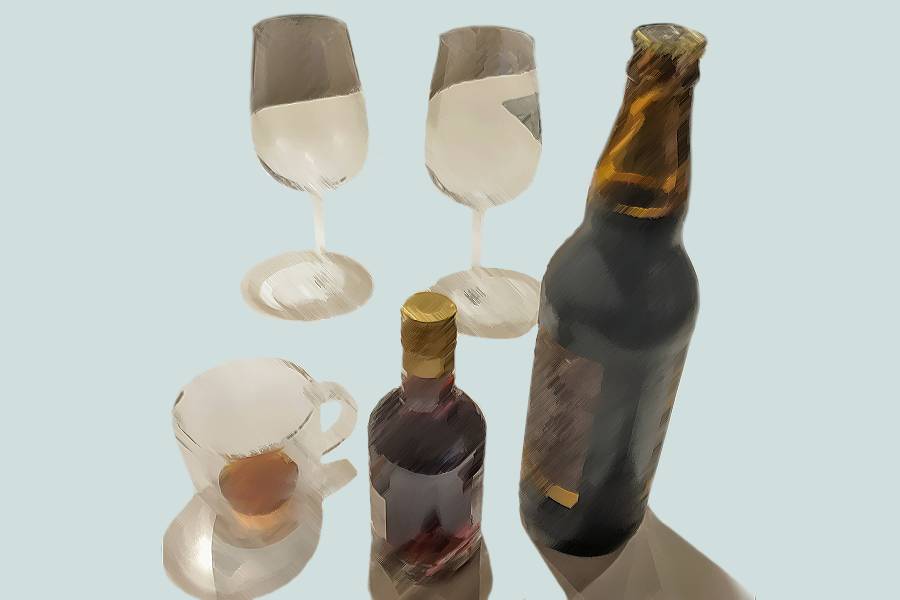
Topics Explored
- What Is Vinobrew?
- What’s In It? Our Interpretation
- Cautionary Note: Mixing Alcohol & Caffeine
- How to Make a Vinobrew (Copycat) at Home
- What Does ‘Vinobrew’ Taste & Look Like?
- Coffee & Alcohol Combinations
- FAQs
What Is Vinobrew?
The original Vinobrew combines coffee, wine, and beer. It first appeared in 2016 as the product of creative collaboration among GoatHouse Brewing and Wise Villa Winery.
However, we couldn’t find Vinobrew available for purchase after hunting around. So we contacted the producers only to find out that the beverage is seasonal and not for sale currently. What a bummer!

What’s In It? Our Interpretation.
After failing to get our hands on the original Vinobrew, we couldn’t help but wonder what is Vinobrew like, taste-wise. There are many coffee and beer combinations out there. Wine and coffee combos are also getting kind of popular. But what does all three taste like together? We decided to take a crack at making our own!
1. Beer
We know that beer makes up Vinobrew’s flavor base. Using a dark beer such as stouts or porters (which are classically paired with coffee) seems like a safe bet. The sweetness of the malt and the roasty flavor already evoke chocolate and coffee notes in the beer.
Cream ales also taste great with coffee but we weren’t sure if they could hold up against wine. So in the end, we decided to stick with stout.
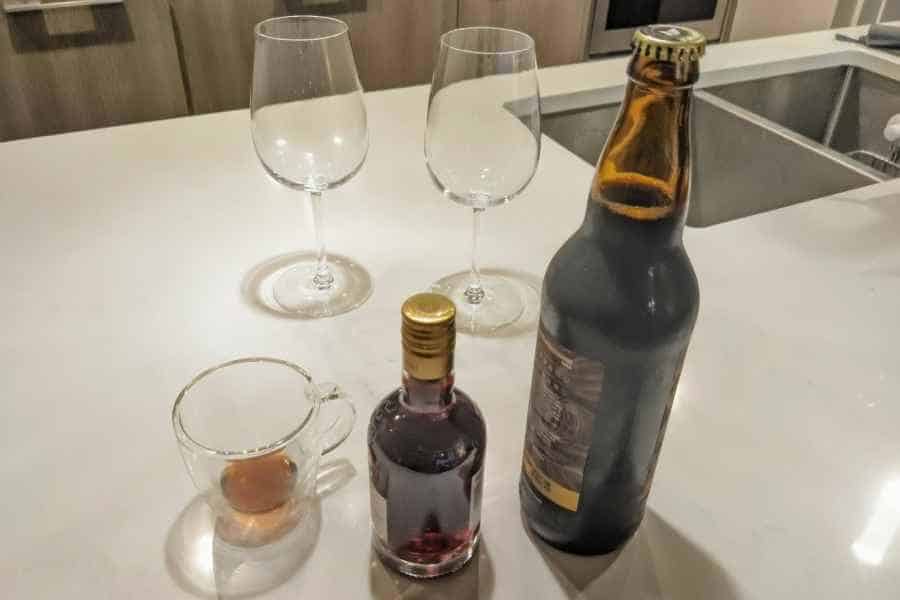
2. Wine
A full-bodied red wine complements the boldness of stout, giving it that creamy or milky mouthfeel. We figured that the wine should also be sweet to balance the bitterness of the coffee and stout.
Instead of typical red wine, we went with a ruby port for that next-level sweetness. The port we picked has notes of dried fruit, dark chocolate, and hazelnuts. A barrel-aged port would probably taste even better, but rubies are more budget-friendly.
3. Coffee
A cold brew is a no-brainer choice when it comes to pairing coffee with alcohol. It has a smooth but light finish. But only a dark roast would be able to stand up to the richness and heaviness of the stout and port.
A light roast could pair well with port, but its acidity and brightness would drown when mixed with stout.
Mixing Alcohol & Caffeine (Cautionary Note)
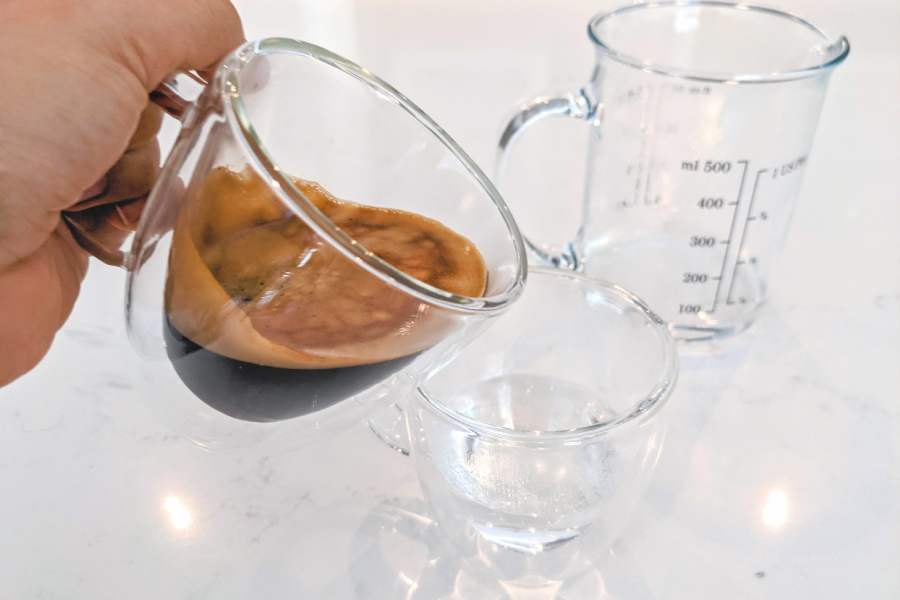
Exercise caution when combining coffee and alcohol. When paired, coffee can cover up the depressant effect of the alcohol, make you feel more alert, and lead to higher alcohol consumption(1).
Coffee makes up a small percentage of the overall drink in our recipe, so the caffeine content is to kept a minimum.
How to Make a Vinobrew (Copycat) at Home
If you’re anything like us, you’re already curious to taste the Vinobrew combo. Here is our Vinobrew interpretation and one that you can make from the comfort of your own home. With the right ingredients and little trial and error, it can even be your next go-to evening drink!

Vinobrew Copycat Recipe
Combining cold brew, port, and stout; this Vinobrew recipe is going to confuse your tastebuds in the best way possible.
Ingredients
- 9 oz Stout (low IBU)
- 2 oz Port
- 1 oz Cold Brew Concentrate
Instructions
- Start by preparing your cold brew a day in advance. You'll need coffee, a glass jar, fine mesh, water, and a measuring cup.
- Since we only need 1 oz of cold brew concentrate, we'll make a small batch. Combine 4 oz cold water and 1 oz of ground coffee in the jar and let it sit overnight.
- The next day, gently stir the mixture and then strain it using a fine mesh. Keep the cold brew in the fridge until needed.
- In a large pitcher, combine 1 oz of the cold brew concentrate and 2 oz of port.
- After that, pour in the stout. It goes in last to preserve its carbonation.
- Stir the mixture gently, and the Vinobrew is done. You can use a short stem glasses for an outstanding visual presentation or you can use wine glasses like us!
Make Cold Brew Ahead:
Combine To Make Vinobrew:
What Does ‘Vinobrew’ Taste & Look Like?
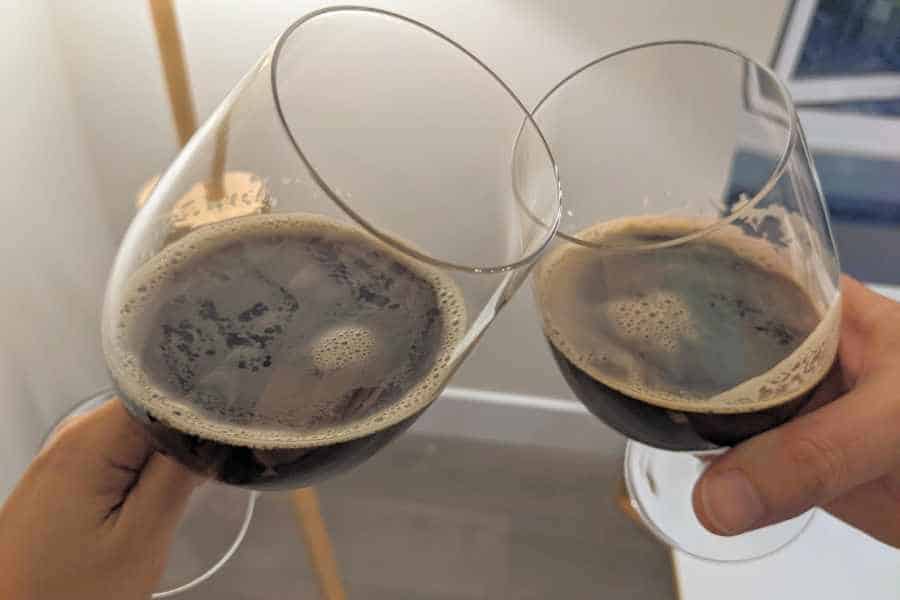
Appearance
At first glance, the Vinobrew looks like a typical stout with a foam head. But the head here is slightly thinner because some carbonization gets knocked out when mixing it with the other ingredients.
If you place the glass under light, you can notice a tinge of deep red color.
Flavor
The taste is one of a kind. It’s predominantly a ‘fruity stout’ with some tartness and a pronounced coffee aftertaste. As expected, the hint of bitterness and toasty flavors comes through from the beer.
The port gives it some fruitiness, depth, as well as acidity. The coffee acts as the finisher. Carbonation in our opinion plays a considerable role in keeping the Vinobrew fresh and lighter on the palate.
Coffee & Alcohol Combinations
Although Vinobrew is a relatively new combination, the blends of coffee and alcohol have been around for a while, and it’s not limited to just beer and wine. If Vinobrew sounds too much for you, try some of the single alcohol and coffee drinks.
Coffee Stout

Coffee stout dates back to the 90s when beer makers started experimenting by mixing coffee beans, barley, and malt. With the rise of craft breweries, the combo became more popular, and today you can find coffee stouts from various vendors.
Don’t worry; the caffeine content in coffee stouts is less than your regular cup of black coffee.
Espresso Martini
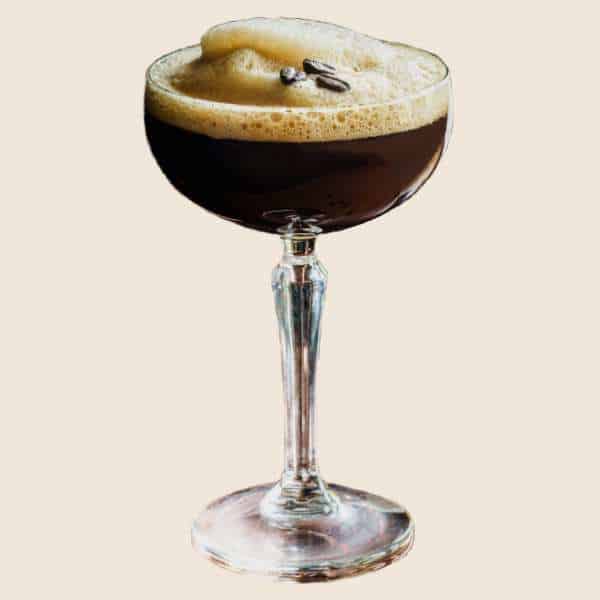
The espresso martini is probably the most famous alcohol and coffee cocktail. It combines a shot of freshly brewed espresso, vodka, and Kahlua, or other coffee liqueur.
The espresso martini is the ideal after-meal drink, smooth, strong, and sweet. But skip it after dinner if you’re caffeine-sensitive, or it will keep you up at night.
Coffee-Infused Red Wine
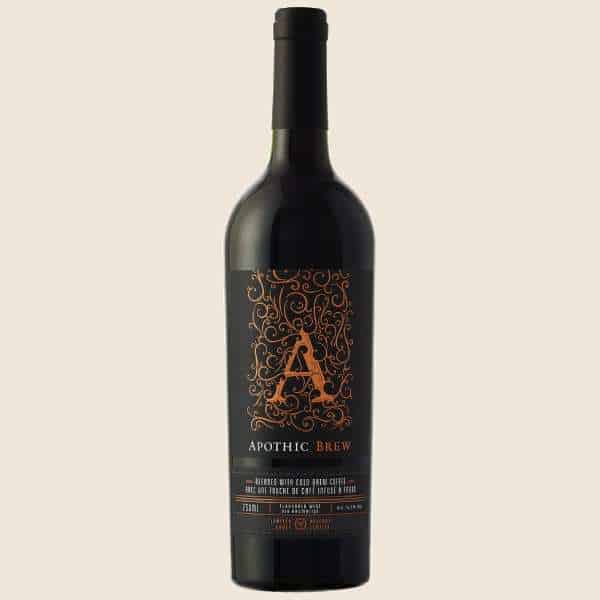
Wine and coffee lovers get to enjoy a coffee-infused wine. Promoted as cold-brew wine, this is not a beverage you need to make at home, you purchase it already combined.
It’s served and consumed as your regular bottle of red. Unlike the cold brew, the coffee-infused wine has less caffeine than a cup of decaf coffee.
Fermented Coffee
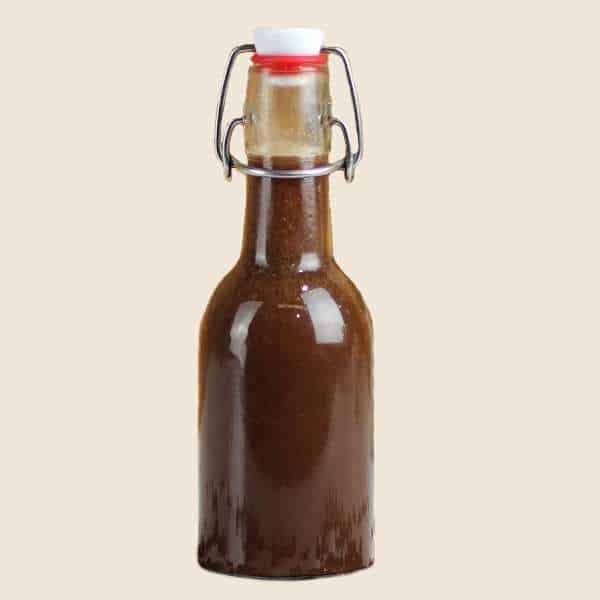
You probably didn’t think you can make alcohol out of coffee grounds. But back in 2013, a team of scientists took on the challenge and dried used coffee grounds, infused them with yeast and sugar, and distilled 40% alcohol(2).
The drink was described as pleasant alcohol that smells, tastes like coffee.
Final Thoughts
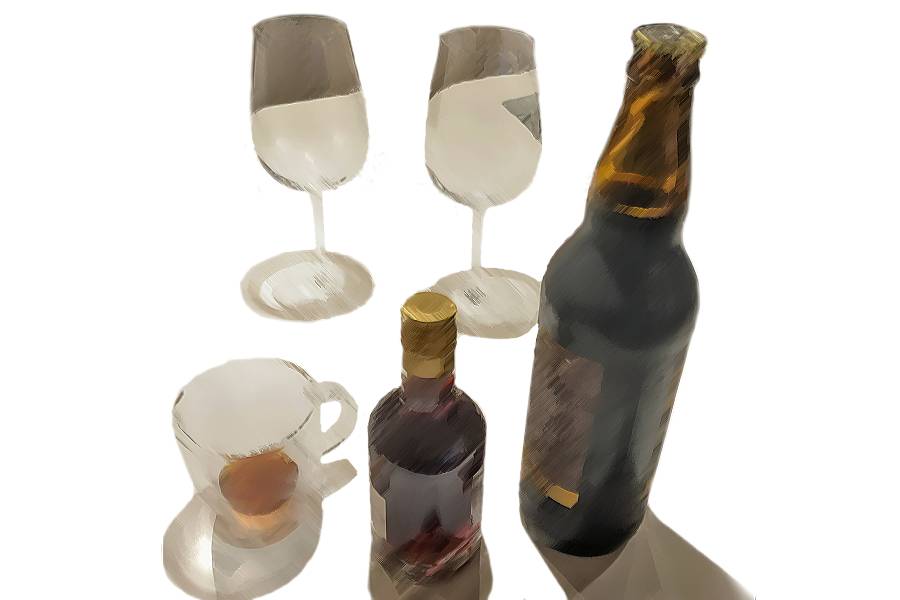
When faced with what is Vinobrew like, we can conclude that it may not suit everyone’s taste. Personally, we think this it’s a robust and surprisingly well-rounded drink, perfect as a fall or winter beverage.
Keep in mind we had to come up with our interpretation since it’s not available for sale. Our homemade version (and yours) will vary, depending on the type of beer and wine you use. And remember to drink responsibly when mixing alcohol and caffeine! If you’re keen on trying the original, wait for a restock at GoatHouse Brewery.
FAQs
How much caffeine is in this recipe?
Our test drink only uses 1 oz concentrate per 12 oz, so it has less caffeine than a cup of brewed coffee. This is how we came up with this assumption:
A 16 oz Starbucks cold brew has 205 mg caffeine(3). We can only guess that they use a 1:1 concentrate to water ratio. Based on this assumption, 16 oz concentrate has twice as much caffeine or 410 mg. In a 1 oz concentrate, there should be less than 30 mg of caffeine.
The caffeine amount varies by the type of coffee beans, the steeping time, and the brewing method, so it’s hard to be exact. If you’re concerned, you can always use decaf cold brew.
Where can I buy Vinobrew?
Vinobrew is currently unavailable for purchase. We did reach out to the team at Vinobrew, and they informed us that it’s a seasonal product that’s currently not in stock. However, you can always contact them via their website to find out when they will be available for sale.
Wondering where your info comes from? We totally understand. Hey Joe only obtains our information from reputable sources. Contents from this article are sourced from the following publications:
- CDC: https://www.cdc.gov/alcohol/fact-sheets/caffeine-and-alcohol.htm
- Coffee or Die: https://coffeeordie.com/scientists-ferment-coffee/
- Starbucks Cold Brew: https://www.starbucks.com/menu/product/2121255/iced


